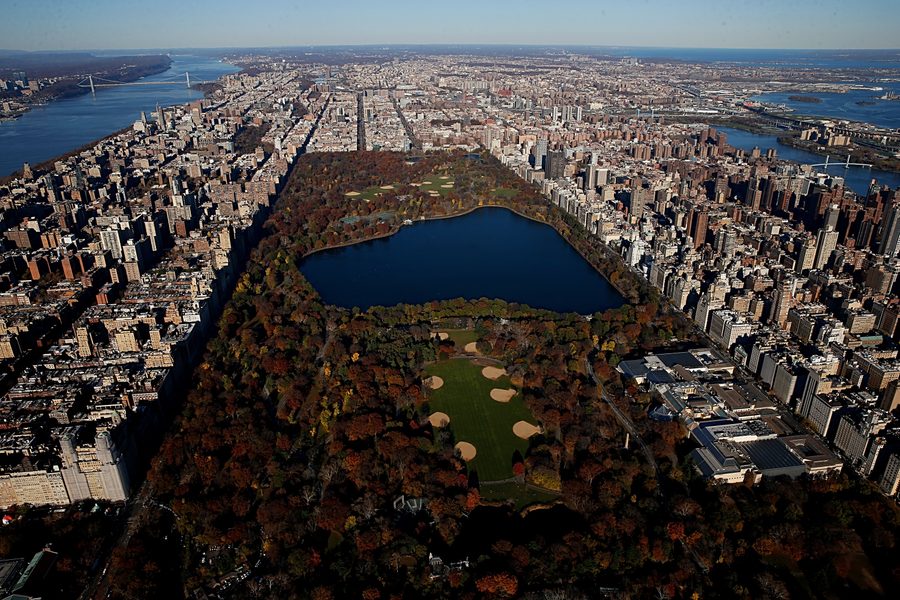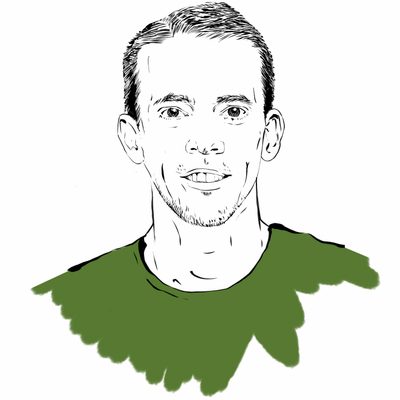The Billionaire Side Hustle That Inequality Created
An easy income stream is open to anyone who can pay the entry price. (You can’t.)
Hamilton Nolan

By now, many people are familiar with the obvious side effects of America’s almost half-century-long explosion of economic inequality: most notably, the creation of a tiny class of super-rich elites who can warp our politics and capture a huge portion of our national wealth and tool around in penis-shaped space ships as everyone else languishes in a pandemic. But in today’s peculiar environment, we have also created a situation in which the ultra-rich can get even richer in the most socially and economically useless way possible.
Reasonable people who accept that America’s wild, Gilded Age-level inequality is a bad thing tend to agree on a very basic set of actions that would help fix the problem. We should tax the rich more; we should fix our laws to empower working people more, and capital less; and we should build an adequate social safety net to protect everyone from destitution. Pretty simple, right? You may notice, however, that even if (for example) the Democratic Party controlled all of Congress and the White House and theoretically wanted to enact measures like these, it would require Congress to act to bring them into existence. Congress could tax the rich and give money to everyone else.
But of course, Congress won’t, because of the filibuster and our generally broken political system more broadly. So we in America have, since the financial crisis of 2008, turned desperately to the Federal Reserve to pump money into our economy, as a crude and less effective approximation of what Congress should have done. Instead of using the crises of 2008 and the pandemic to adjust our system to favor the less wealthy going forward, we have just printed a ton of money and hoped that its enlivening economic effects would help the needy after everyone else had taken their skim. Even the direct relief bills during the first wave of the pandemic — which were, in fact, an example of useful action by Congress — will not close the inequality gap in the long run, because we have chosen to provide working people with only temporary assistance, rather than with permanent social programs and tighter regulations on capital’s power.
Anyhow, this boring prelude brings me to what I want to highlight for you today, which is the fact that billionaire hedge fund manager Daniel Ochs just made a cool $100 million in the following manner: In 2019, he bought a sprawling Central Park South penthouse apartment for $93 million, and then he let a couple of years go by (presumably enjoying his nice apartment from time to time), and now he has sold that same apartment for $190 million.
What does this enraging little class war story tell us about America in 2022? It tells us that we have created an economic environment in which the ultra-rich can essentially print themselves money simply by buying rare luxury assets coveted by other ultra-rich people, and flipping them. This applies not just to penthouse apartments, but to art, and to rare jewelry, and to anything else with both an extremely high entry price, limited quantity, and high demand. Daniel Ochs is not even in the real estate business, but he just made more money than your family will make in three generations by doing nothing except sitting on his ass for a remarkably short period of time and watching the price of his rare asset inflate.
In theory, this sort of speculation could happen at any time. But it is happening now because of the policy approach that America has chosen to take in response to our ongoing, slow-motion collapse of neoliberalism. In order for Daniel Ochs to pull off his no-risk $100 million apartment flip, there are some necessary ingredients: A) A sizable population of billionaires ready to bid $200 million on an exclusive apartment, B) A well-developed luxury market producing ultra-high-end goods for this incredibly rich sliver of society, and C) The expectation among both the super rich and those who cater to them that their wealth will continue to increase, making the buying and selling of $200 million apartments a transaction that does not endanger anyone’s long-term preservation of wealth. As long as the billionaires are confident that financial markets will be protected and financial asset prices will continue to rise, they do not worry too much about dropping $200 million on an apartment, because someone like them will be around to pay $300 million for it down the road.
This is one of the poisonous little eddies that our roaring river of capital has created. Money controls Congress to an extent that makes it impossible to pass the sort of targeted social spending that would make our society more equal. Instead, in desperation, we just pump money into the financial system. This inflates the prices of all assets, from stocks to real estate, which has the primary effect of making already rich people — the people who hold the most assets — even richer. That is where we are today. And this fountain of money, which doubled the wealth of the world’s ten richest men during the pandemic through no effort of their own, has also created an exclusive luxury market in which, if you can pay the $100 million entry price, you can make an extra side fortune by trading prime collectibles to your fellow plutocrats in the same way that sneakerheads trade Air Jordans.
America doesn’t guarantee a dream to anyone today. If you want to make it here, you need a side hustle. Why not try flipping penthouse apartments to hedge fund managers? Oh, you can’t quite put together the capital for that? Well, drive Uber then. I’m sure your hard work will be equally rewarded either way.
Hamilton Nolan is a labor writer for In These Times. He has spent the past decade writing about labor and politics for Gawker, Splinter, The Guardian, and elsewhere. More of his work is on Substack.








